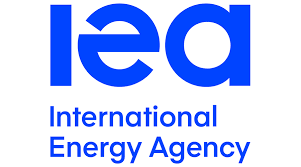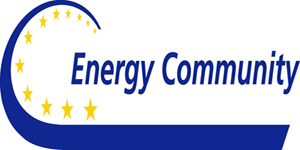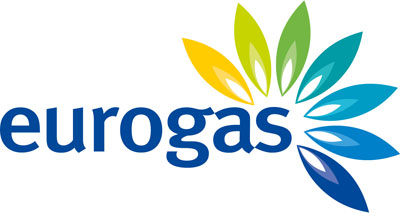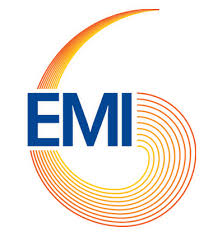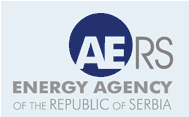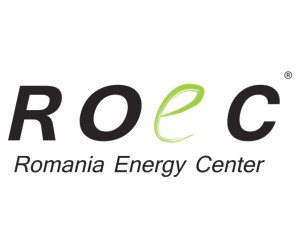Following an invitation by the organizers (www.sceurasia.com) IENE’s chairman Mr. John Chadjivassiliadis participated as keynote speaker in the annual "Eurasian Natural Gas Infrastructure” conference which was held in Athens on June 22-23. Speaking on the subject of "Security of Energy Supply in SE Europe: The Role of Gas Storage and LNG, IENE’s chairman stressed the need for gas storage provision in the SE European region both in the form of underground gas storage and LNG.
"Gas storage in SE Europe”, underlined John Chadjivassiliadis, "is an important aspect in gas infrastructure development since it makes gas more resilient to extreme weather conditions, in comparison with the electricity networks. These advantages can be exploited successfully in the concept of Microgrids”.
"The interconnected network, the storage and LNG facilities and the diversification of gas supply are the main subjects for analysis and discussion from the aspect of security of energy supply”, noted IENE’s Chairman who referred to two recent IENE studies, namely:
-The Outlook for a Natural Gas Trading Hub in SE Europe, September 2014, and
-Storage of Natural Gas into Underground Facilities and Alternative Roots of LNG Supply in Greece and the SE EUROPE, March 2015
"The penetration rate of NG is much lower than in other European countries, due to the region’s infrastructure deficit”, observed John Chadjivassiliadis in his presentation. He further noted that inn the Western Balkans, gas supply is either underdeveloped or non-existent. Six countries, Greece, Croatia, Bulgaria, Romania, Turkey and Serbia, already use natural gas having well established markets, with supplies coming primarily through imports from Russia, from Azerbaijan, but also with LNG cargos.
"Natural gas’ imports have doubled in a period of 10 years, in the whole SE European region despite an increase in local production. Croatia and Romania have a significant proportion of their demand met from domestic supplies while the imports for Romania now have declined due to its increased local production. The country may soon become a gas exporter”.
"Romania and Croatia have a significant local production and Bulgaria, Serbia and Turkey cover small percentage from domestic gas. Today, the local production in SE Europe represents about 20% of the consumption in the region, in comparison with 35% in the EU. Therefore, an increase of consumption in the region should be expected”, IENE’s chairman noted.
Furthmore, the East Med pipeline project, aims to supply natural gas to Europe from the deposits in East Mediterranean and from other sources, contributing to security of gas supply. It is a Common Interest Project of the European Union supported through the Program "Connecting Europe Facility”. The project consists of a submarine pipe of 1,900km with a capacity of about 16bcm/y. It seems that the project is technically feasible, using the most advanced available technologies and economically viable for gas export to Europe.
Concluding his presentation John Chadjivassiliadis made extensive reference to the LNG infrastructure in the region: "There are three LNG terminals and storage facilities in the Region, one in Greece and two in Turkey:
- In Revythousa (45km West of Athens), Greece with 130,000m3 storage capacity and plans for an additional tank of 95,000m3,
- In Marmara Ereglisi, west of Istanbul, Turkey with 255,000m3 storage capacity and for the future an additional tank of 140,000m3,
- In Aliaga, in the coast of the Aegean Sea, Turkey, with 280,000m3 storage capacity
Moreover, there are plans or are under realization for new LNG terminals, 1 in Croatia, 1 in Romania and 2 in Turkey.
The total annual capacity of the three LNG facilities is 17.4bcm, which represents about 25% of the total annual consumption in SE Europe. The relevant figure for the EU is about 46% and soon 55%. "LNG will become the new energy source in shipping, where the development of new storage facilities in the ports and LNG carriers should be considered” he noted.
"Today, there are 22 LNG Terminals in operation in the EU with a capacity of 197bcm/y, 6 under construction and 24 in the planning phase”, Mr. Chadjivassiliadis observed.
A final reference was made to the FSRU project in Alexandroupolis. This floating LNG terminal will connect with Greece’s natural gas system. LNG from various suppliers after regasification will be injected to the pipeline system of Greece, the IGB, the vertical corridor, or TAP, to cover the demands in the Balkan countries. This project is mature for implementation and a FID is expected to be taken soon by the operating company, Athens based "Gastrade”.

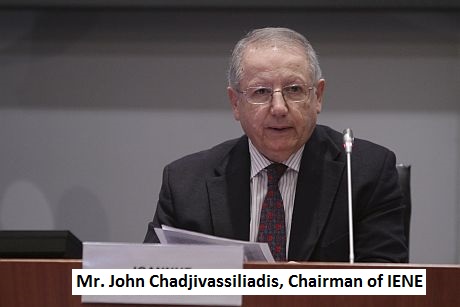 Following an invitation by the organizers (www.sceurasia.com) IENE’s chairman Mr. John Chadjivassiliadis participated as keynote speaker in the annual "Eurasian Natural Gas Infrastructure” conference which was held in Athens on June 22-23
Following an invitation by the organizers (www.sceurasia.com) IENE’s chairman Mr. John Chadjivassiliadis participated as keynote speaker in the annual "Eurasian Natural Gas Infrastructure” conference which was held in Athens on June 22-23
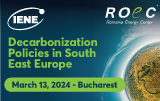

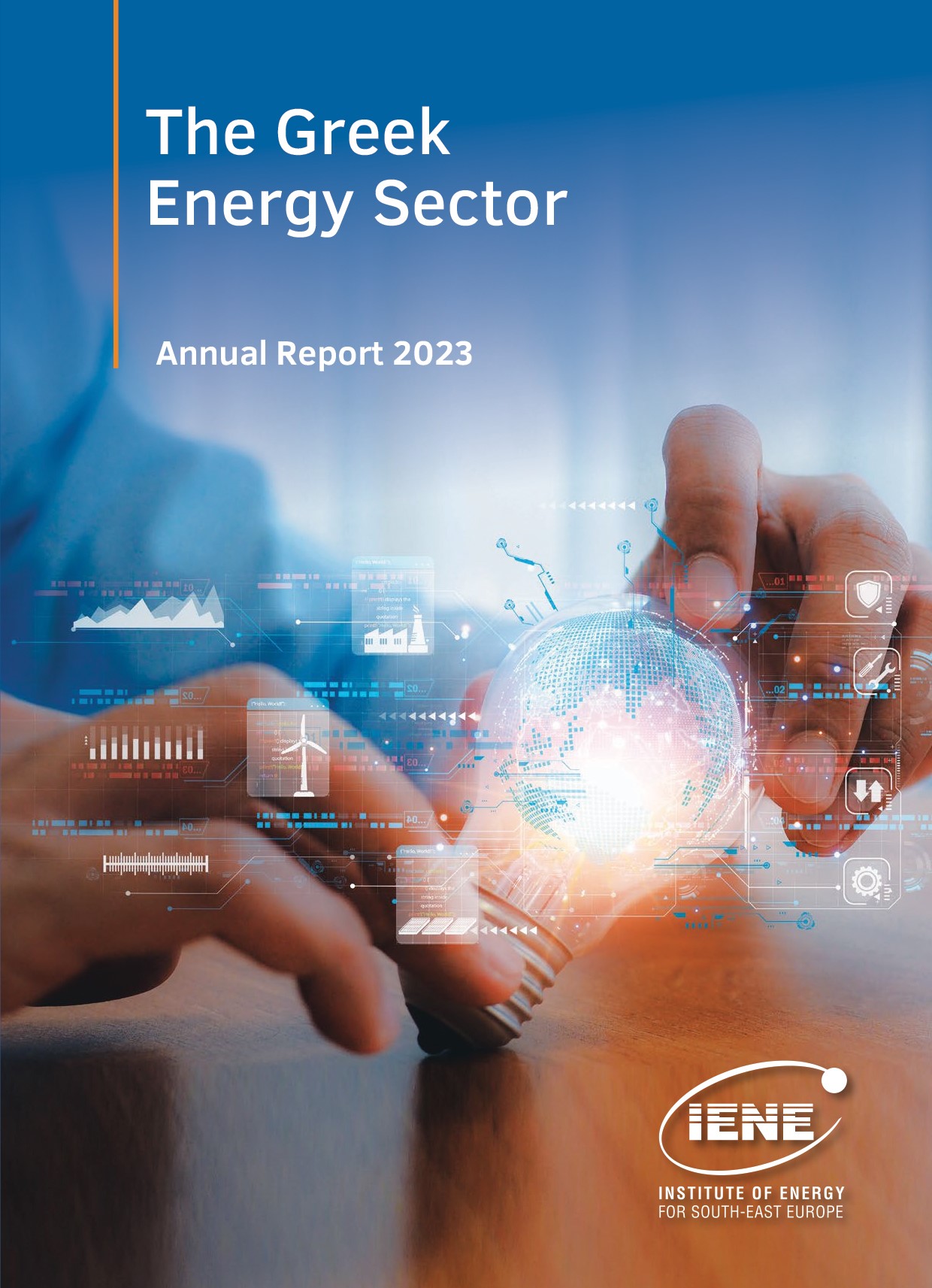
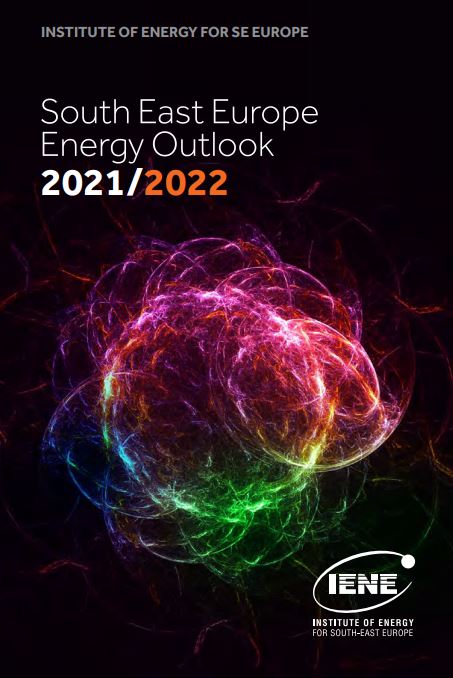
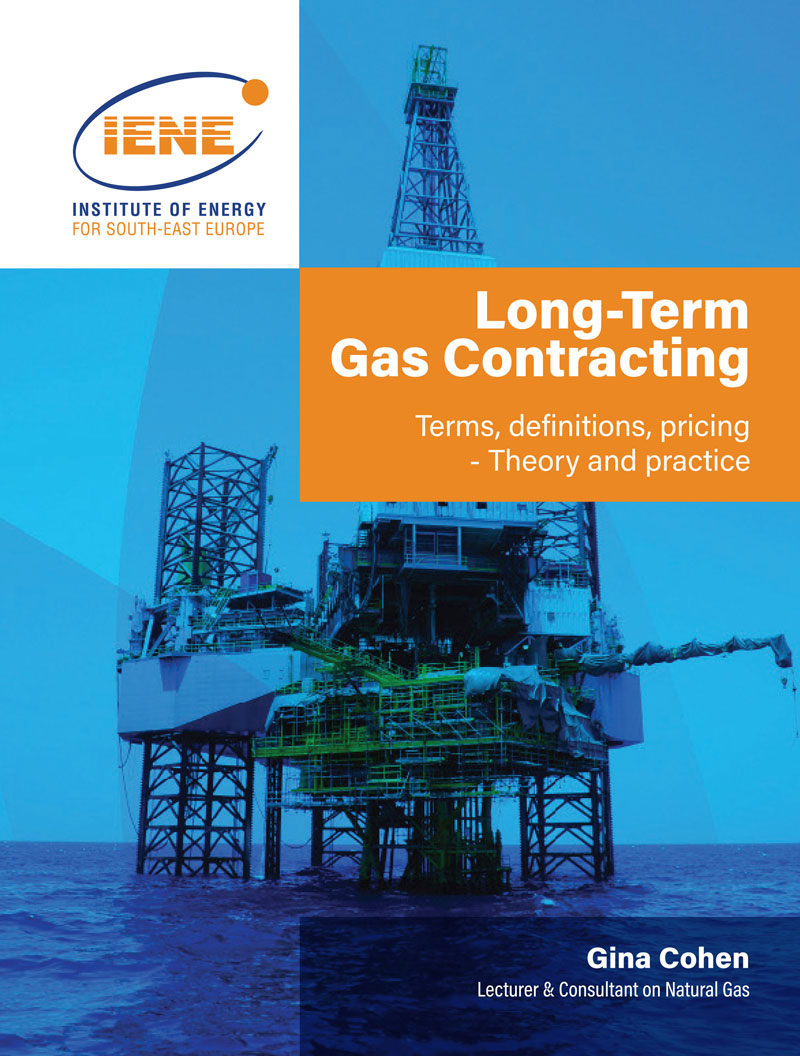 More
More
